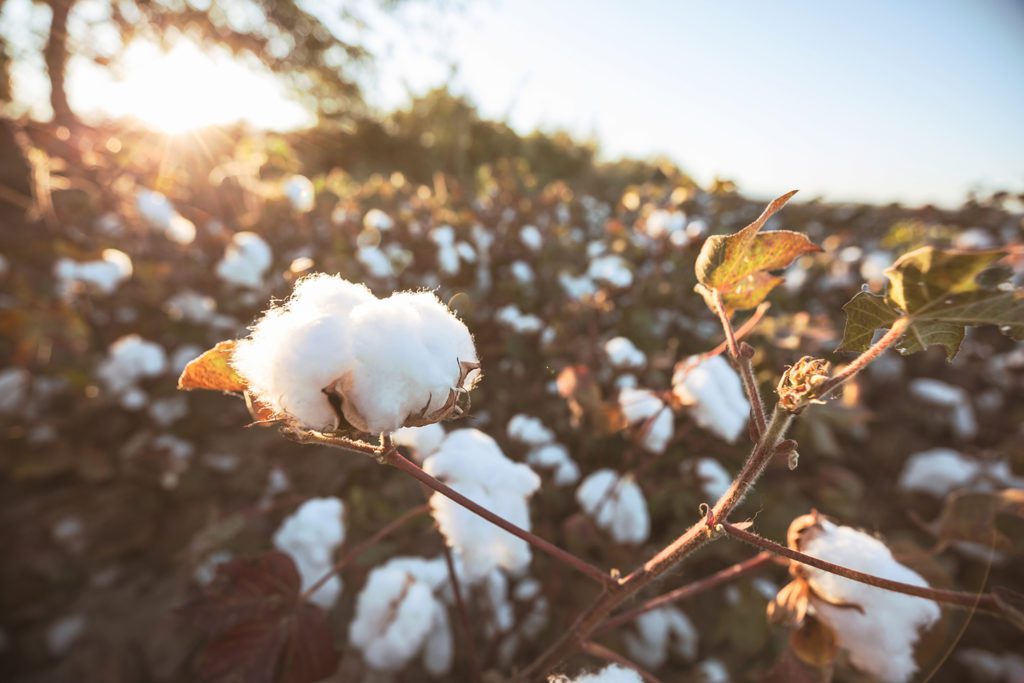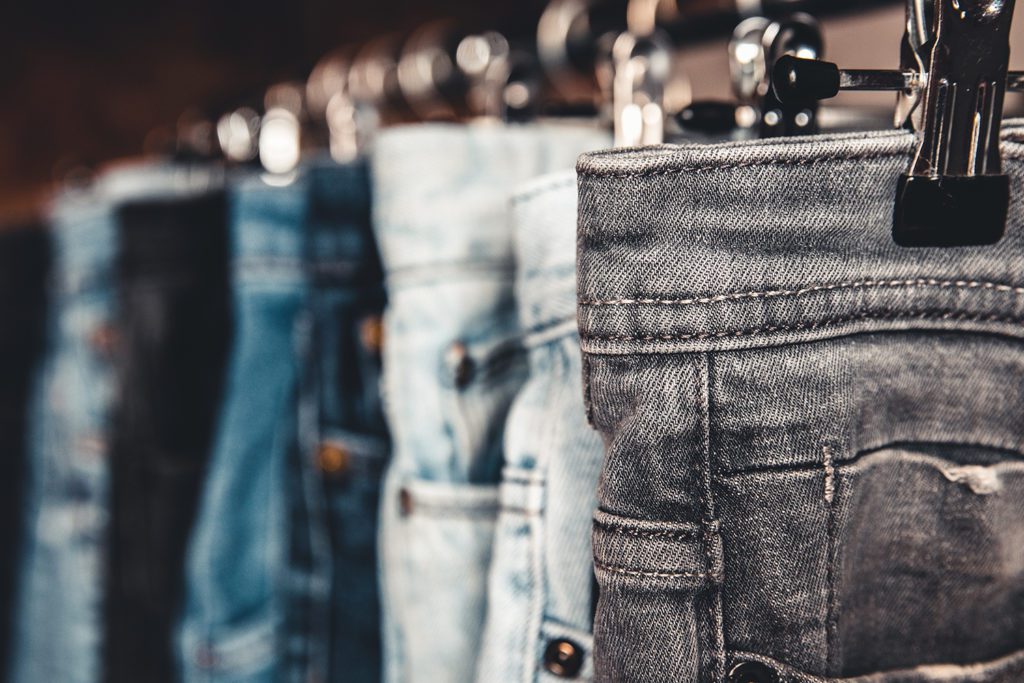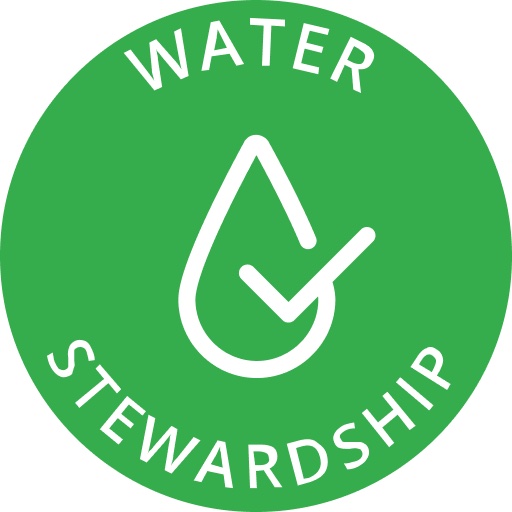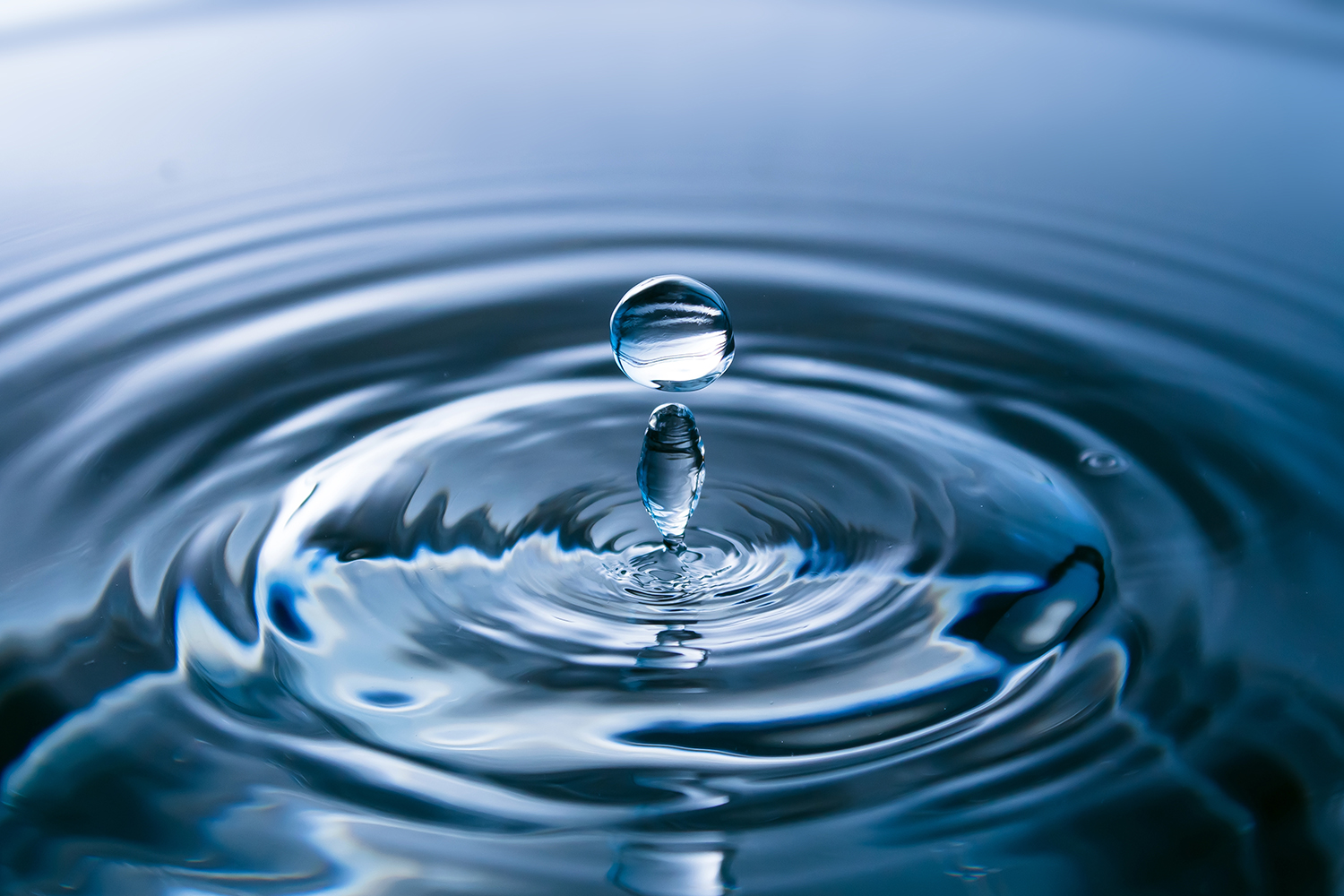Water and the apparel industry have been deeply intertwined since the production of apparel first began. For thousands of years, water has been used to dye handmade materials. Thanks to Richard Arkwright’s 1770 invention, the Water Frame, the creation of textiles was transformed from small-scale, hand-spun capacities at home into mass-produced yarn for weaving in large factories, powered by water.
Arkwright’s innovation helped launch the production of an ever-increasing quantity of fabrics, trims, and apparel for an ever-increasing population. And although most textile and fashion factories are no longer water-powered, fashion is still a very water-intensive business. As a matter of fact, fashion as an industry is the second largest consumer of water on Earth. Water is used for bleaching, dyeing, finishing, softening, growing, spinning, and more. While water may have been considered an endless resource back in the early days of textile production, we now understand that clean water is precious and only available in finite amounts.
Fashion takes water from community waterways and adds dye, chemicals, softening agents, and the like, then dumps the contaminated water back into those community waterways, polluting the water so it is no longer drinkable, swimmable, or fishable. As such, it’s important for fashion – and any industry that uses water in its operations – to continuously assess and reassess what can be done to decrease the amount being used, wasted, and polluted.
As a tribute to valuing water on this World Water Day, we thought we’d take a look at the latest when it comes to apparel, footwear, and H2O.
Fashion’s steps toward reducing water use
To start: Did you know that it can take up to 6,000 liters of water to produce 1 kilogram of cotton? That’s about 12,000 bottles worth of water used to make enough cotton for a T-shirt and a pair of jeans. What’s more, over 12,000 liters of water are required to make a pair of leather boots! With 40% of the world’s population suffering from water scarcity, is it reasonable to use so much on huge quantities of clothing? It seems not.

In our “Fashion Saves Water” webinar last year, the ethical denim factory Saitex offered hope. In his presentation, the company’s Founder and CEO Sanjeev Bah outlined 3 basic components for creating responsible fashion products: infrastructure, technology, and green chemistry. Each of these components offers the opportunity to improve issues around fashion and water.
An example of Saitex’s water stewardship innovation is what they are doing with their dirty denim water. The factory has implemented a program to safely dispose of their treatment plants’ sludge. Sludge is a clear, toxic byproduct of dyeing and finishing denim, and often ends up in landfills where it causes serious environmental problems by filtering into the water table and polluting groundwater. (This is even more relevant given this year’s World Water Day theme, Groundwater: Making the Invisible Visible.) Saitex’s initiative works to alleviate this issue by mixing sludge from the denim with concrete to create bricks that can be used to build houses.
And there is more good news: water scarcity and pollution issues are decreasing through the development of innovative, low-water dyeing and finishing processes, made possible by advancements in technology such as: laser finishing, nano bubble washing, and ozone processing, to name a few. These and other water-conservation measures in the clean water and green chemistry buckets are bringing us closer to eliminating entirely the need for water in clothing production.

Water scarcity and pollution issues are decreasing through the development of innovative, low-water dyeing and finishing processes, made possible by advancements in technology.
Water stewardship for ourselves and our world
Keeping what’s left of the Earth’s clean water is a top priority, from minimizing the use of it to eliminating the use of chemicals mixed with it – and we all need to do our part. Each and every player in the fashion supply chain has a responsibility to work toward decreased fashion industry water consumption as well as the proper disposal – or recycling – of what is used. Collaboration is key to successful water stewardship, as is educating yourself on the latest findings and advances.
Material Exchange will soon be launching our Sustainability Search Tool, through which brands can filter suppliers by their commitment to improve their operations around water use – available under our Water Stewardship badge. The Water Stewardship badge will include material suppliers who have installed closed-loop systems; are using waterless dye and printing processes; are treating and cleaning their wastewater; have removed toxins from their dyes and finishes; have installed green roofs or gray-water re-use systems; or are converting denim-making wastewater into bricks, like Saitex is doing.

If you have a goal to reduce your water footprint, why not dive in and start with your material sourcing? Visit us at www.material-exchange.com to login to your account – or join our marketplace and make water stewardship and sustainability a priority for your business today. The longevity of your business, the Earth, and all its water depend on it!
Get our Sustainability Playbook
Are you interested in learning more about Material Exchange’s sustainability search tool? Check out our Sustainability Playbook here for all the details!
Related content
Want to chat?
We’d love to hear from you. Reach out to see how we could work together.





